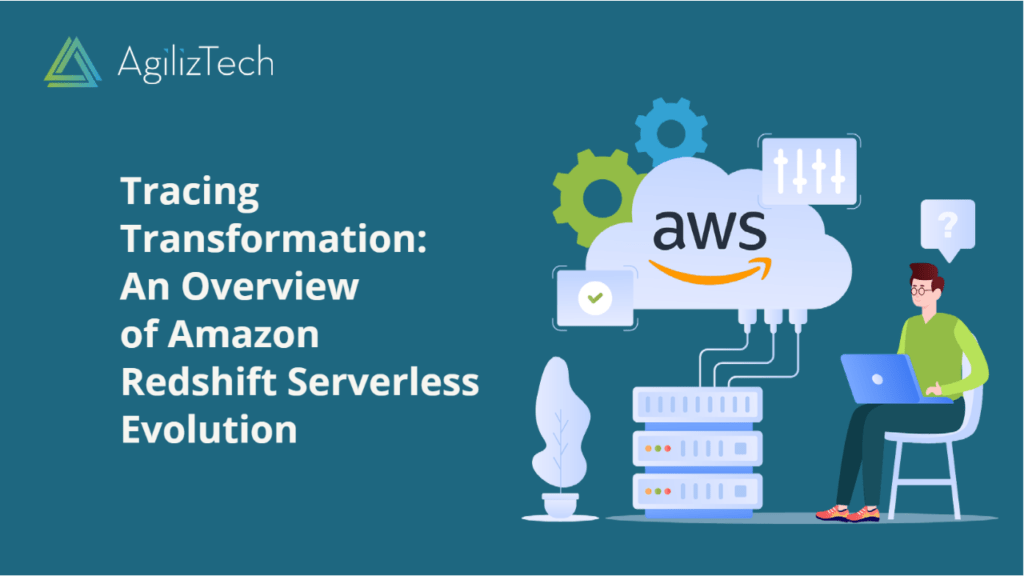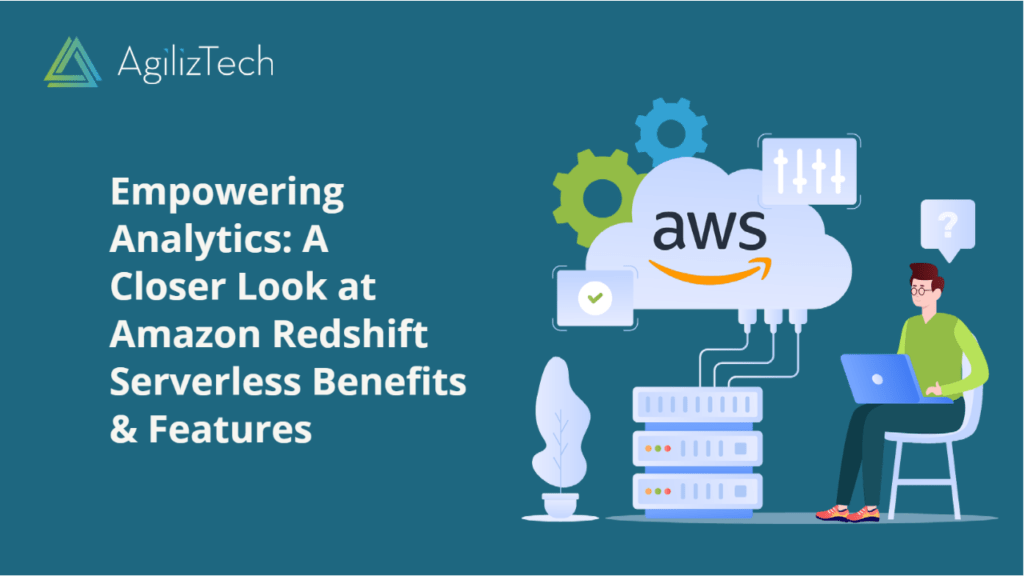Amazon Redshift Serverless – Evolution and Overview
Introduction
In the dynamic realm of cloud-based data warehousing, Amazon Redshift emerges as a potent solution. Its fully managed, petabyte-scale capabilities reliably drive intricate analytics tasks. This blog post takes a deep dive into the innovative concept of Amazon Redshift Serverless, tracing its evolution and exploring the seamless scaling it introduces to the analytics landscape.
Evolution of Amazon Redshift Serverless
Introduced at AWS re:Invent 2021, Amazon Redshift Serverless builds upon the foundation of the RA3 node type launched in 2019. The RA3 architecture revolutionized data warehousing by decoupling compute and storage layers. This novel approach allowed independent scaling, with RA3 nodes leveraging managed storage dynamically adjusted based on the cluster’s data.
Expanding this architecture, Amazon Redshift Serverless introduces automatic compute resource scaling. It replaces the traditional fixed node count clusters with the innovative concepts of namespaces and workgroups. A namespace encompasses a group of database elements and users sharing a common schema, while workgroups allocate compute resources for query execution across one or more namespaces. This architecture brings fine-tuned resource allocation and cost management to the forefront.
Overview of Amazon Redshift Serverless
Amazon Redshift Serverless disrupts analytics infrastructure management. Through automated resource allocation and intelligent scaling, it ensures consistent performance under demanding workloads. The challenges of cluster setup, fine-tuning, and management fade away, paving the way for immediate data loading and querying using the Amazon Redshift Query Editor or preferred BI tools.
Conclusion
The evolution of Amazon Redshift Serverless unveils a transformative journey from the foundational RA3 node type to the groundbreaking approach of automatic resource allocation and scaling. This metamorphosis ushers in a new era of precision and efficiency in analytics infrastructure. The upcoming blog post will delve into the multitude of features and advantages that Amazon Redshift Serverless offers.



